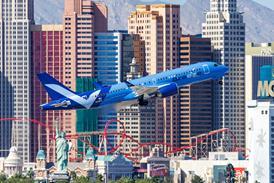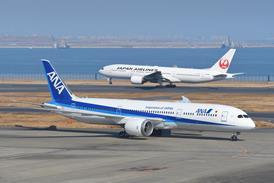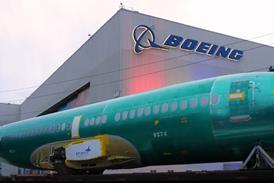GRAHAM WARWICK / WASHINGTON DC
Northrop Grumman's APG-80 agile beam radar (ABR) will be the first production fourth-generation active electronically scanned array (AESA) to fly in a fighter when Lockheed Martin begins F-16 Block 60 flight testing in November.
The ABR uses the same transmitter/receiver module technology planned for the modernised APG-77(V) radar being developed for the Lockheed Martin/Boeing F/A-22 and the newly designated APG-81 AESA for the Lockheed Martin F-35 Joint Strike Fighter.
Flight testing of the APG-80 is under way on Northrop Grumman's BAC One-Eleven testbed. Development will continue until 2007 and involve the phased delivery of radar capability to Lockheed Martin and its customer, the United Arab Emirates (UAE), says Craig Johnson, vice-president, F-16 sensor systems. Block 60 flight testing will begin with the Standard 0 capability, which includes basic air-to-air and air-to-ground radar modes, required for the UAE to train in the USA.
Northrop Grumman is supplying the Block 60's integrated forward-looking infrared (FLIR) targeting system, which shares common hardware modules with the ABR, says Johnson. The nose-mounted navigation FLIR will be delivered to Lockheed Martin in time for the start of Block 60 flight testing. The intake-mounted targeting pod will be delivered early next year, he says. The company is also developing the Falcon Edge integrated electronic-warfare system for the UAE's F-16s.
Lockheed Martin has offered the F-16 Block 60 to Singapore and is looking into upgrading Block 50/52 F-16s with the APG-80 radar, which would require substantial changes because the AESA requires liquid cooling, whereas the mechanically scanned Northrop Grumman APG-68(V) radar uses air cooling.
Source: Flight International























